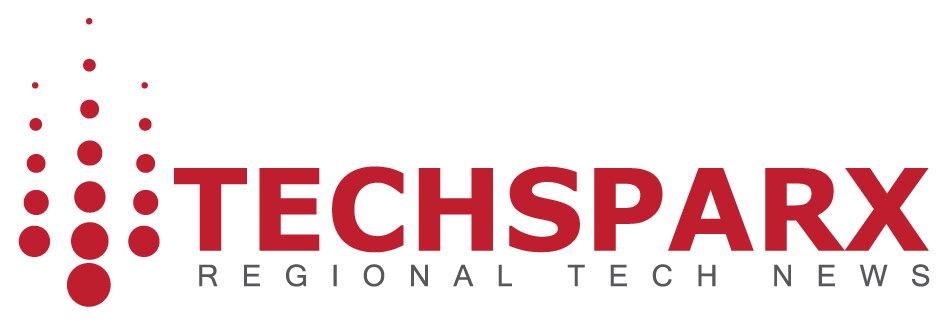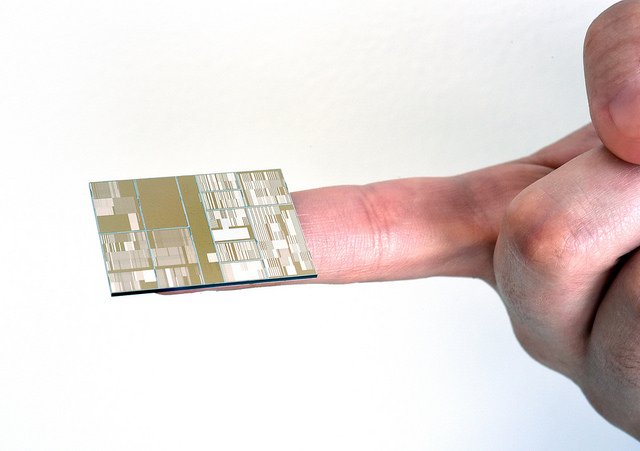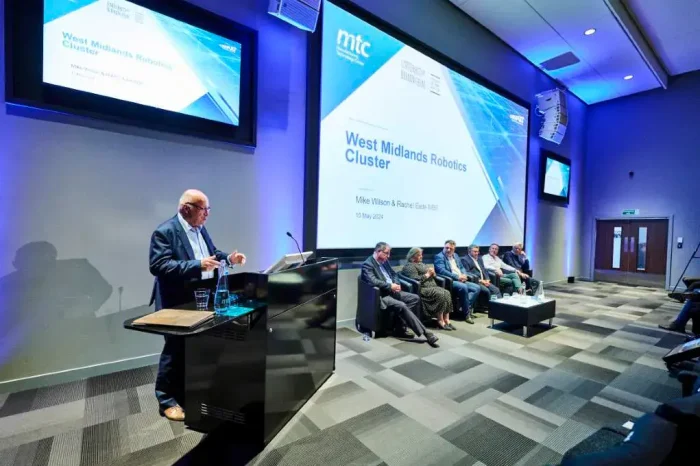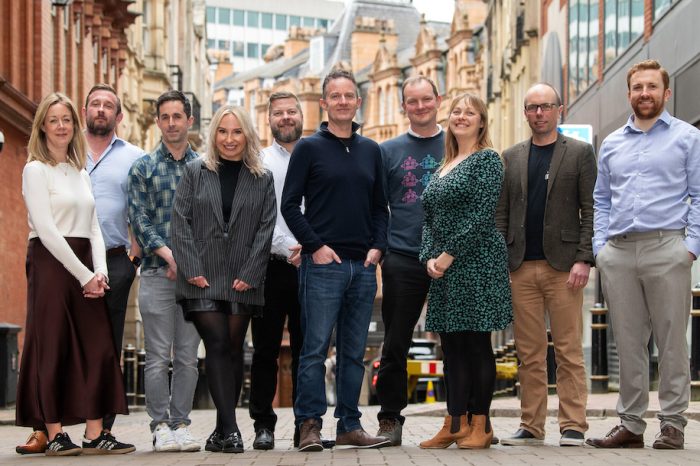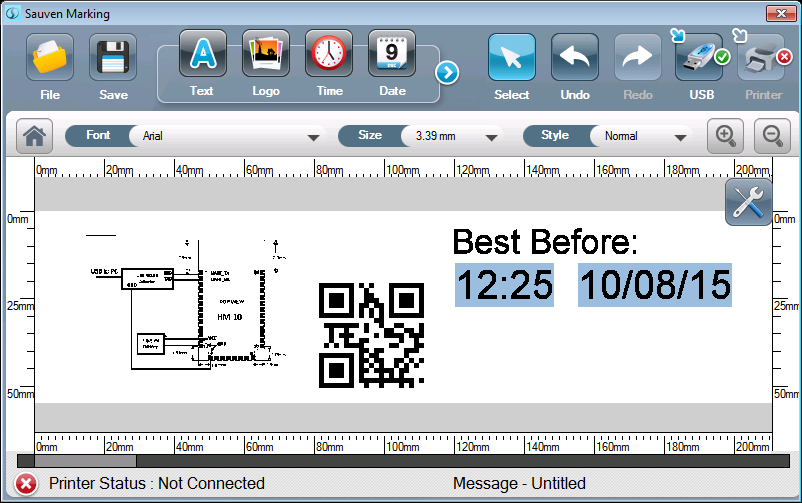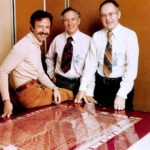Intel : 47 Years of Pioneering Processor Progress
PC Revolution Architects
It’s 47 years since the launch of silicon chip giant Intel – sparking the 1970s personal computer revolution with the world’s first microprocessor.
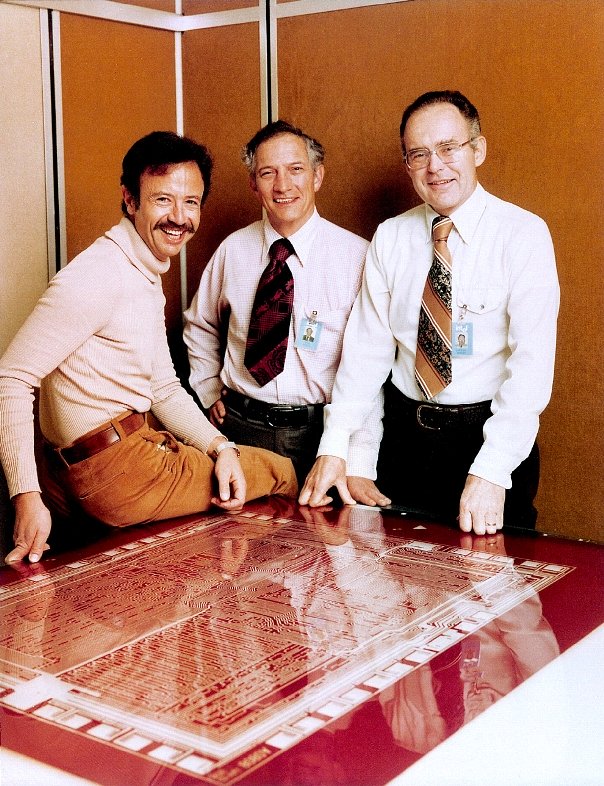
Left to right – Andy Grove, Robert Noyce and Gordon Moore, 1978 Image credit: Intel Free Press
The semiconductor pioneer has dominated first the RAM, and then the CPU market for decades.
But now some industry analysts claim a general slump in PC and laptop demand could seriously challenge Intel’s vice-like grip of the market. Industry watchers say recent news that an IBM-led partnership has created the first 7 nm (nanometer) node test chips with functioning transistors, is a further indicator of possible change at the apex of the semiconductor sector.
Let’s put that 7 nm into perspective. To compare, the diameter of a human hair is about 80,000 nm; that of a single red blood cell is, on average, 8,000 nm.
The IBM breakthrough demonstrates the potential ability to position more than 20 billion tiny switches (transistors) on the fingernail-sized chips – powering everything from smartphones to spacecraft. With the first 14 nm chips unveiled in 2014, IBM’s development upholds Moore’s Law – devised by Intel co-founder Gordon Moore back in 1965; that computing power will double every two years as the size of silicon chips is halved.
IBM 7nm node test chip Image credit: Darryl Bautista/Feature Photo Service for IBM
Ironically, the Law appears to have faltered at Moore’s own company; Intel announced last week that the switch to 10nm manufacturing has now been put back to 2017.
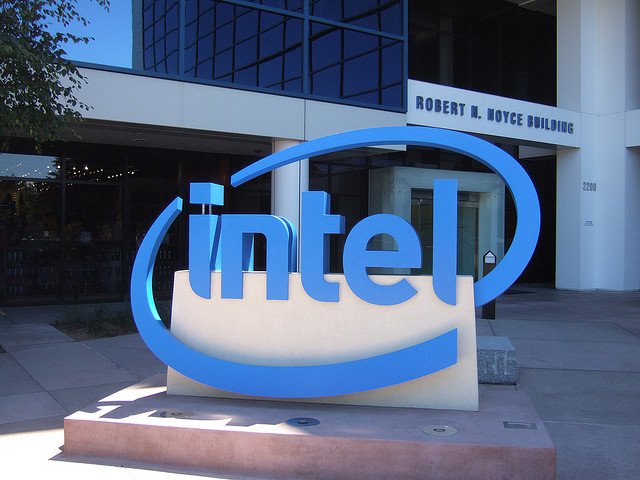
Intel’s Palo Alto, California HQ Image credit: keitamiyoshi via Flickr
However, other experts argue that while Intel has not gained significant traction in providing processors to the smartphones and tablets sector, its data centre business – providing chips to server centres – is a major growth area, with Intel chips dominating 98 percent of the server market. Together with the memory and IoT parts of the business, this made up 70% of the company’s operating profit in Q2 2015.
The processor powerhouse further consolidated its IoT and data centre divisions last month with one of the biggest deals in its history; the purchase of mobile and automotive chip designer Altera. The acquisition is worth an estimated $16.7 billion.
Whilst there is ongoing debate around how secure its position is as leader of the silicon chip pack, there can be no doubt over Intel’s pioneering, enduring legacy – studded with industry firsts.
Intel – 15 Fast Facts…
1. World’s largest semiconductor chip maker – currently valued at $140.33 billion
2. 106,000 staff worldwide (as of July 2015)
3. Founded on 18th July 1968 by physicist Robert Noyce and chemist Gordon Moore – both former Fairchild Semiconductor workers
4. First employee – Andrew Grove, Fairchild colleague who, during a 37 year tenure served as president, CEO and Chairman. Widely credited with Intel’s colossal success
5. Intel’s name is an amalgamation of Integrated Electronics. Intel was already trademarked so Moore and Noyce had to purchase the rights from hoteliers Intelco. One moniker – Moore Noyce Electronics – was immediately rejected as it sounded too much like “More Noise Electronics”
6. Early innovation: first product – the 3101 Schottky bipolar random access memory (RAM) – unveiled in April 1969, featuring 64-bit SRAM.
7. The world’s first MOS (metal oxide semiconductor) also launched that year – Intel’s 1101 (256-bit SRAM)
8. Created the first commercially available microprocessor (Intel 4004) in 1971. This was the catalyst for a $300 billion dollar global semiconductor industry
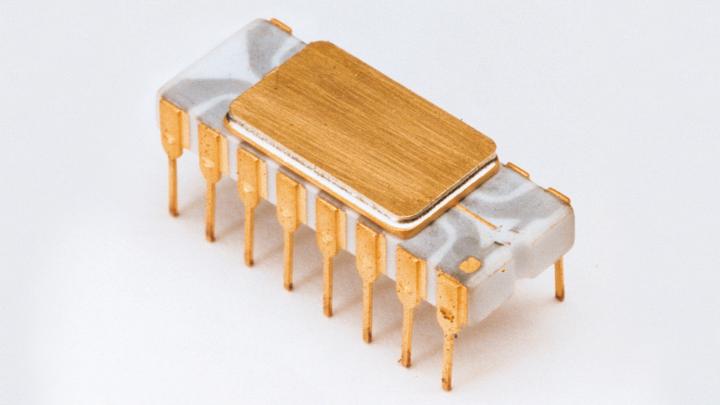
Intel 4004 microprocessor Image credit: Intel
9. The Intel 8080 – widely considered as the first true general purpose microprocessor – was used in one of the earliest personal computers in 1975, the Altair 8800
10. The iconic 8088 microprocessor was unveiled in 1979. This chip – a slightly modified version of Intel’s first 16-bit CPU, the 8086 – was the foundation for what became known as the x86 architechture. Today, most of the PCs in the world are built around processors with lineage which can be traced back to the 8088.
11. The company’s new 8051 and 8751 microcontrollers become the bestselling microcontrollers in the world in 1980
12. The Intel Pentium processor was a revelation when it was launched in 1993. Containing 3.1 million transistors, it was 300 times faster than the 8088 released in 1979
13. The entry-level Celeron processor and Intel Pentium II Xeon processor for workstation and server markets debuted in 1993
14. The Ultrabook™ mobile computing category was introduced by Intel in 2011; with features including slimmer designs and longer battery life
15. Intel chips power at least 80% of PCs in the world today
![]()
Andy Grove, left, and Gordon Moore in 2013 Image credit: Dean Takahashi, VentureBeat
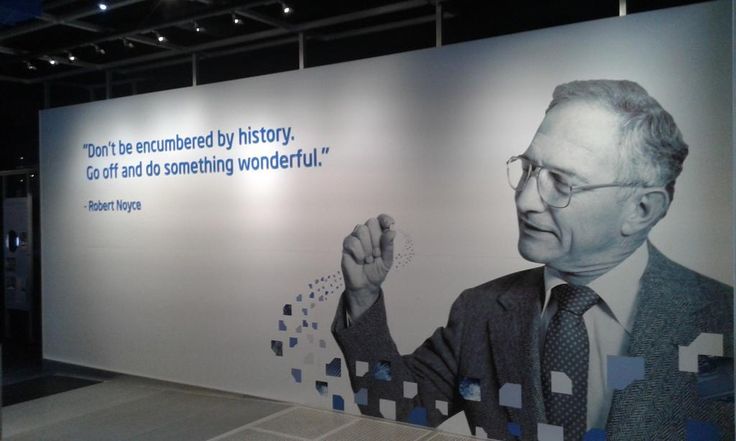 Robert Noyce Billboard at the Intel Museum. Dr Noyce died in 1990 Image credit Metavallon via Pinterest
Robert Noyce Billboard at the Intel Museum. Dr Noyce died in 1990 Image credit Metavallon via Pinterest
Further reading
The post Intel : 47 Years of Pioneering Processor Progress appeared first on ByteSnap Design.
